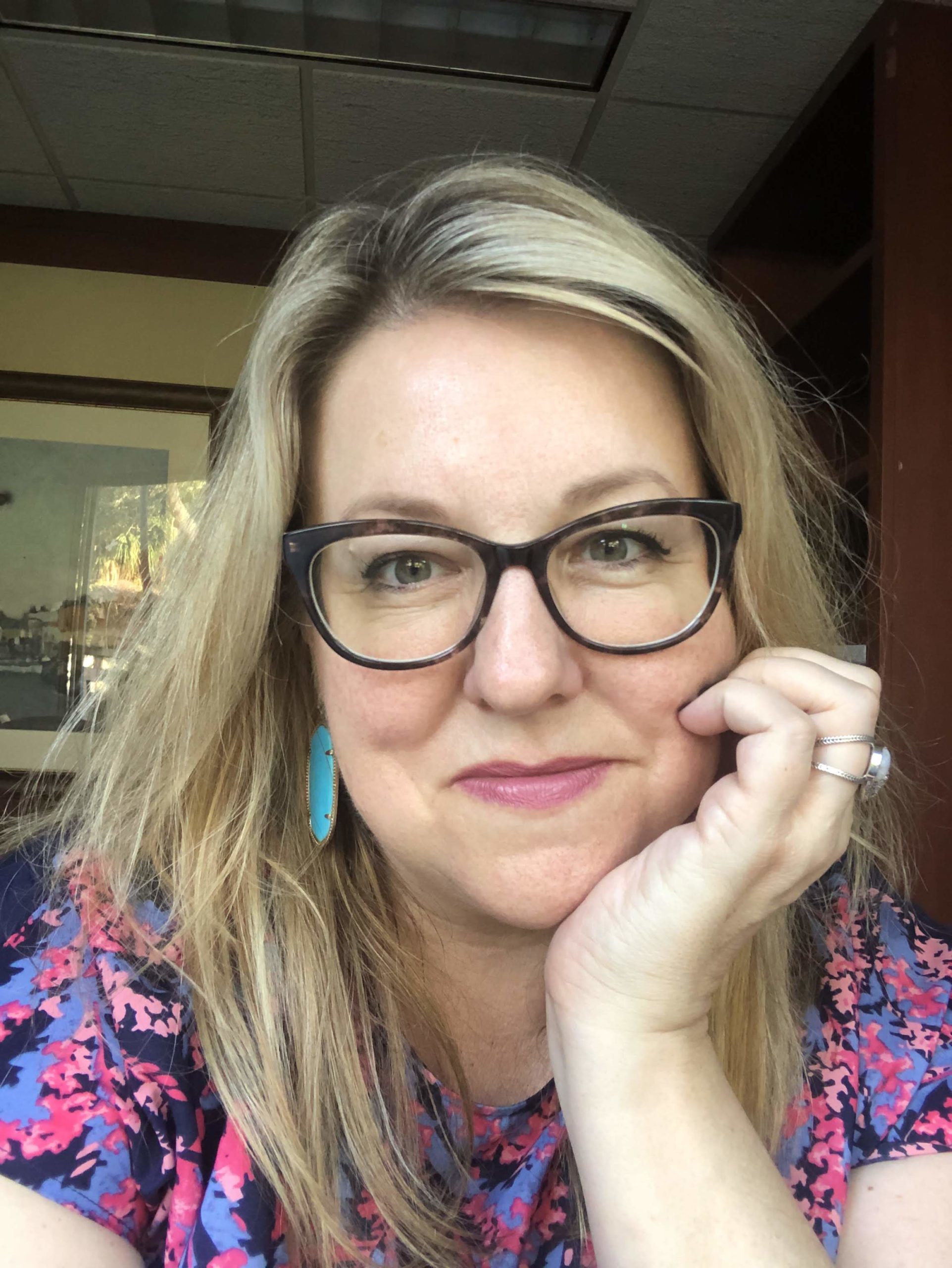The Penn State community loves to talk football — unless it’s about Jerry Sandusky.
That’s what students at The Daily Collegian learned in the process of working on their semester-long special project, “Sandusky’s Imprint.”
I spent Labor Day weekend in Happy Valley, the nickname for State College, Pennsylvania, where Penn State’s campus sprawls throughout a beautiful natural landscape. I got to train about 20 Collegian students, and then worked with them on a weekly basis to see their project through. Their work culminated Dec. 6 in an online presentation that showcased their work to their colleagues, department personnel and Poynter leadership.

A screenshot from The Daily Collegian’s project. “We Are” is a riff on the “We Are/Penn State” call-out heard often at football games. Here’s an ESPN video on the history of the phrase.
Student journalists in the Poynter College Media Project were selected through an application process in the spring of 2021 that asked them to propose an investigation that centered on a problem or issue facing their campus. Dozens of student media outlets applied, and seven were selected for the program, which provided custom project planning, ongoing support from Poynter personnel and a slate of high-profile speakers. They included four-time Pulitzer winner David Barstow, Atlantic staff writer Ed Yong and Sara Ganim, who broke the Sandusky story as a young reporter.
The project was supported by a grant from the Charles Koch Foundation.
Penn State Daily Collegian editor-in-chief Jade Campos introduced her project to the webinar participants by outlining who Sandusky was — “since we were all about 10” when a grand jury alleged that the Penn State defensive coordinator had groomed and then sexually abused and assaulted male children for decades.
“We wanted to really look at not just recounting all of the events but also how has the university changed,” Campos said. “Has the university learned this lesson since then? Has the community changed a lot since then? So a lot of our stories revolve around not just recapping.”
It was important to the team to examine how the university’s administration has changed, and if there are different policies in place for reporting on sexual assualt.
They also prominently showcased on their website resources for survivors of sexual assault.
“Another one of our goals (was to) … give voices to some of these survivors of sexual abuse and how they feel coming up in the university (community) — how much their lives have changed and been impacted,” Campos said.
She said she was particularly proud of the video “How the Patriot-News broke the Jerry Sandusky sex abuse case,” an effort that won The Patriot-News a Pulitzer Prize via reporter Sara Ganim.
“It was an incredibly hard process,” Campos said of reporting on this project. “There were so many times during the semester where it was like, ‘OK, is this actually going to be able to happen?’ Because people care so much about Penn State football and so this is a really hard topic for a lot of people.
“And since all of us were so young, and maybe don’t come from Penn State families, you don’t really understand the impact it had on people who were there and who are living in state college or work at Penn State now.”
Campos said plenty of people expressed anger that the students were reporting on this topic. One reporter contacted 23 store owners about how things in State College had changed over the last 10 years; three were willing to go on the record.
The vitriol continued after the stories were published.
“We’ve had several people say, ‘This is really good reporting,’ but the majority of our response has been really negative,” Campos said.
She offered this advice for other students attempting a contentious project.
“You need to be really confident in what you’re doing in order to stand by it, because we have a lot of people telling us that we’re wrong and we shouldn’t have done this. But I think we’re really confident in our mission statement: to educate the current Penn State community who probably doesn’t know a lot about what happened, (and) making sure that the university doesn’t just sweep this under the rug because it feels like, after all this time, they just want to forget about it, but it shouldn’t be something to be forgotten.”
Campos said it was also important to practice journalism fundamentals so when those hateful comments came in, reporters would know they were in the right.
“Feel really confident about why you’re doing something, and why you’re moving forward with something. Stay steadfast to that because there’s going to be a lot of people who are going to criticize you.”
Campos said other students involved included Andrew Porterfield, digital managing editor and webpage designer; Becky Marcinko, managing editor; Ben McClary, videographer and page graphic designer; Carson Schultz, page graphic designer; Lily LaRegina, photographer and photo editor; reporters Will Aguirre, Courtney Benedetto, Ella Castronuovo, Phoebe Cykosky, James Engel, Olivia Estright, Jeremiah Hassel, Julia Mertes, Max Ralph, Spencer Ripchik, and Megan Swift; and reporting contributors Seth Engle, Colton Lucas and Justin Morganstein.
“I know we are only college students, but we worked really hard and we know what we’re talking about.”








Loved this retrospective, and only wish it had linked a couple of Poynter storiies/intervieews from when Sara won her Pulitzer. https://www.poynter.org/reporting-editing/2012/patriot-news-first-pulitzer-win-honors-papers-legend-sara-ganim-mentor/